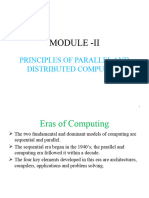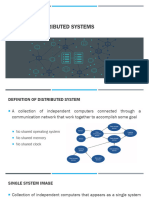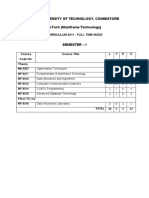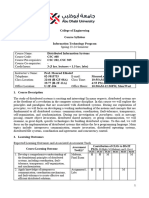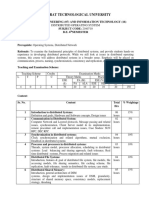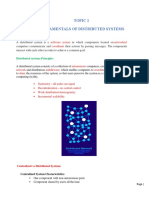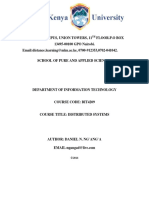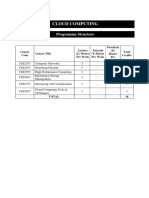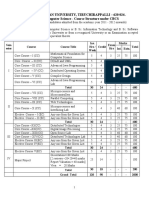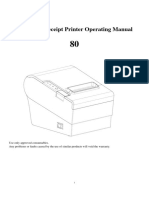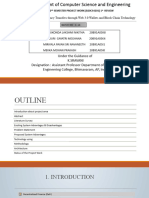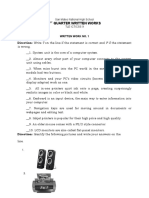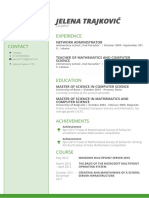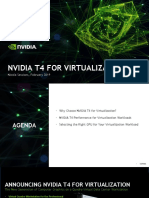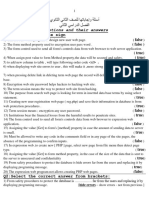0% found this document useful (0 votes)
118 views42 pagesLecture01 Introduction
This document provides an introduction to distributed systems design by Dr. Essam Mansour. It discusses Dr. Mansour's background and expertise in areas like big data, database systems, data discovery and integration, and distributed and parallel systems. It then covers some key challenges with vertically scaling individual computers to handle large-scale data and processing needs, and introduces the idea of horizontally scaling across multiple machines instead.
Uploaded by
Sai sukruthCopyright
© © All Rights Reserved
We take content rights seriously. If you suspect this is your content, claim it here.
Available Formats
Download as PPTX, PDF, TXT or read online on Scribd
0% found this document useful (0 votes)
118 views42 pagesLecture01 Introduction
This document provides an introduction to distributed systems design by Dr. Essam Mansour. It discusses Dr. Mansour's background and expertise in areas like big data, database systems, data discovery and integration, and distributed and parallel systems. It then covers some key challenges with vertically scaling individual computers to handle large-scale data and processing needs, and introduces the idea of horizontally scaling across multiple machines instead.
Uploaded by
Sai sukruthCopyright
© © All Rights Reserved
We take content rights seriously. If you suspect this is your content, claim it here.
Available Formats
Download as PPTX, PDF, TXT or read online on Scribd
/ 42



